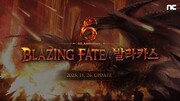Riot Games is set to implement a major update for its flagship game, “League of Legends,” at the end of April. The 2025 Season 2 content will introduce changes to the game’s atmosphere, as well as some objective modifications, and several adjustments that will also impact the eSports scene. The move has been drawing considerable attention.
The new gameplay of “League of Legends,” which was introduced on April 16th with the Season 2 update, features numerous changes. A new champion, called Yunara, has been introduced, and significant modifications to core objectives such as the Void Grub and Atakhan have been announced, indicating that balance changes will take place.
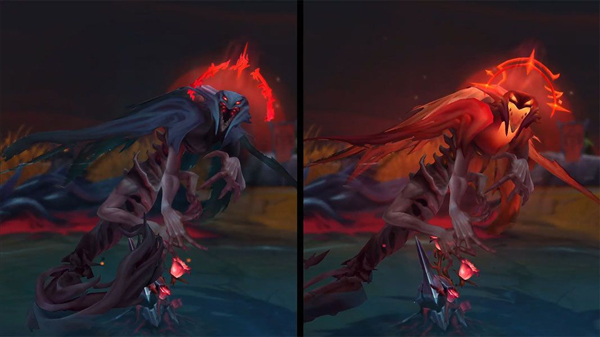
[Photo] The previously split Atakhan will now be unified into Thornbound Atakhan in Season 2
One of the first major changes in the 2025 season is the revision of the new objective Atakhan. Previously, Atakhan would spawn randomly near lanes where battles frequently occurred. It was split into two types: Ruinous and Voracious. Going forward, it will be unified into Thornbound Atakhan, an upgraded version of Ruinous Atakhan, which offers various buffs when defeated.
When a player secures Thornbound Atakhan, all the Bloody Petals present on the map are automatically collected. These Bloody Petals then transform into Spirit Petals, granting champions a 25% boost to their stats. In addition, until the end of the game, players will gain a passive buff that applies a slow effect and health-based damage to nearby champions when the enemies are slain, adding further value to the object.

There are also modifications that have been made to the Void Grub and Rift Herald. The initial spawn of Void Grub, which previously appeared twice, with three grubs each time, has been changed to spawn only three grubs once at around the 8-minute mark. The Void Mite effect, which helps with turret destruction, activates when all three of the grubs are collected.
The spawn time for Rift Herald has been decreased from 16 minutes to 15 minutes, establishing a core objective spawn sequence of 8 minutes (Void Grub), 15 minutes (Rift Herald), 20 minutes (Atakhan), and 25 minutes (Baron Nashor). While this gives the teams more leeway in the early game compared to Season 1, the speed of objective acquisition is expected to intensify from the mid-game onwards.
These changes to the objective timings and the new buff effects are anticipated to have a significant impact on eSports matches. Along with the previous patch's addition of the 1st-level tower dive prevention system, the games will likely focus more on the early laning phases.
In the current Season 1 gameplay, battles and laning start at around the 6-minute mark with the appearance of the Void Grub, and continuous combat ensues. As a result, champions that focus on quick team fights have been favored, with aggressive, early-game champions typically being chosen over those meant for the later stages.
However, with the Void Grub spawn now delayed to the 8 minute mark, early laning has become even more important. The 1st-level tower dive prevention is still in place, and with players now having more time to develop their champions in the early stages, we can expect to see more stability and champions that are focused on this phase.
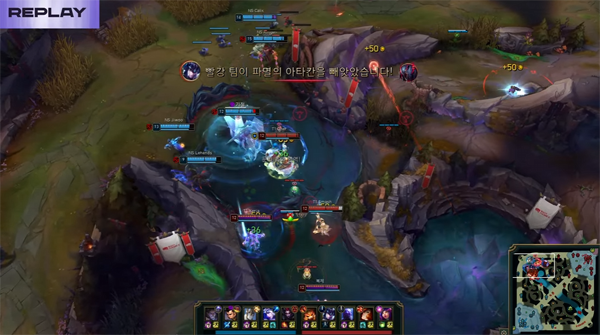
A key variable is Atakhan. With its stronger buffs and the passive buff that lasts until the end of the game, Atakhan has risen to the level of Baron Nashor and Elder Dragon, becoming a top-tier objective. The competition for Atakhan will make victories more volatile, and losing it could lead to a sudden loss of control.
The Riot Games' patch direction is clear: they are aiming to reduce early-stage skirmishes and encourage individual lane fights, while ensuring constant combat after the mid-game period. By providing powerful object buffs, they want to prevent early matches from being decided too quickly and to avoid overly drawn-out games.
While these changes in the objective timings and buff effects are significant, they are expected to drastically alter the gameplay. Most notably, the rise of Atakhan to the value of Baron Nashor will demand new strategies in eSports matches.

Additionally, the mandatory purchase of the World Atlas item for supports, as well as the reorganization of the bounty system, are expected to impact the strategic aspects of gameplay. The Season 2 update will take place on April 30th, but the introduction and timing of these changes in the league have yet to be finalized. However, it is anticipated that the gameplay will undergo significant changes.
With the LCK (League of Legends Champions Korea) entering its second round in May, the teams will need to quickly adapt to these new updates. With the current fierce middle-tier competition, those teams that can respond effectively to the patch will likely gain an advantage.
The most exciting part is that the international competitions, such as the Mid-Season Invitational (MSI) and the Esports World Cup (EWC) in Saudi Arabia, will offer qualification spots based on the LCK performance, making the team managers busier than ever. The question remains: Which teams will be able to successfully adapt to the new season content and achieve strong results?
저작권자 © 게임뷰 무단전재 및 재배포 금지



![[현장] 넥슨 '던파 페스티벌' 쇼케이스 총정리, 태초 무기와 악세 지급](https://cdn.gamevu.co.kr/news/thumbnail/202511/53630_55992_3032_v150.jpg)
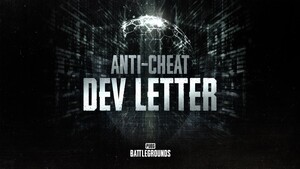
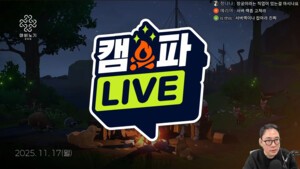





![[현장] 모험가 지갑 털 준비 완료, 넥슨 '던페 20주년' 굿즈 총정리](https://cdn.gamevu.co.kr/news/thumbnail/custom/20251126/53616_55884_4252_1763786572_330.jpg)

![[현장] 지스타 2025 ‘성지’가 된 코스프레 현장, 완성도와 다양성 빛나](https://cdn.gamevu.co.kr/news/thumbnail/custom/20251126/53320_54677_3715_1763091436_330.jpg)

![[현장] 지스타 신작 즐기고 받자! 고퀄리티 굿즈 모음](https://cdn.gamevu.co.kr/news/thumbnail/custom/20251126/53273_54381_5415_1763009656_330.jpg)



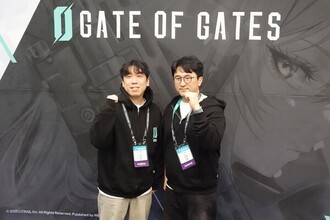
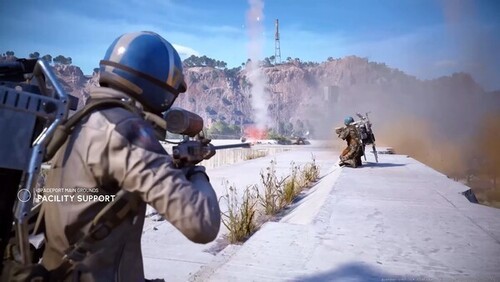
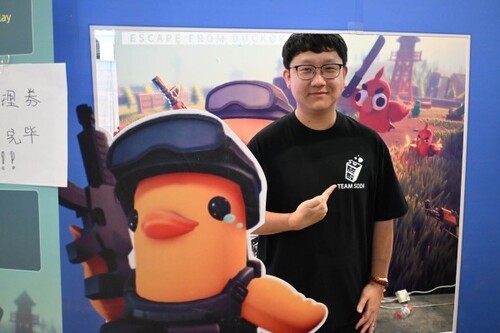


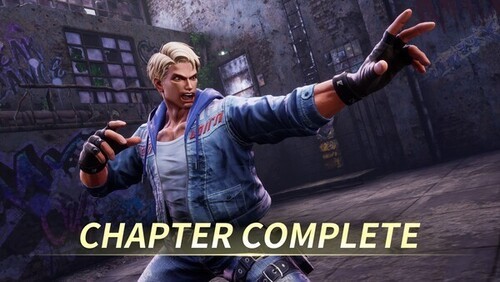

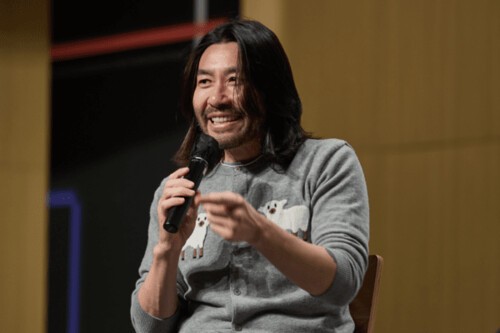
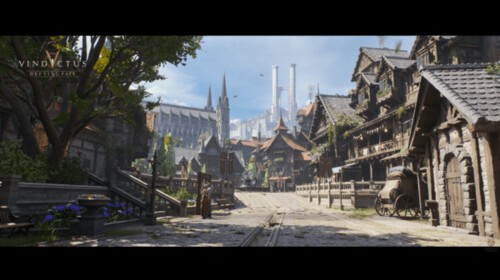
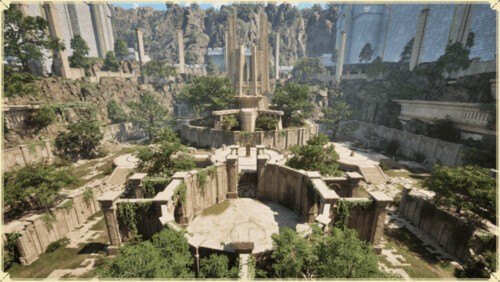

![[영상] 창세기전 모바일, '서풍의 광시곡' 공개](https://cdn.gamevu.co.kr/news/thumbnail/custom/20251126/53707_56279_614_1764122775_180.jpg)

